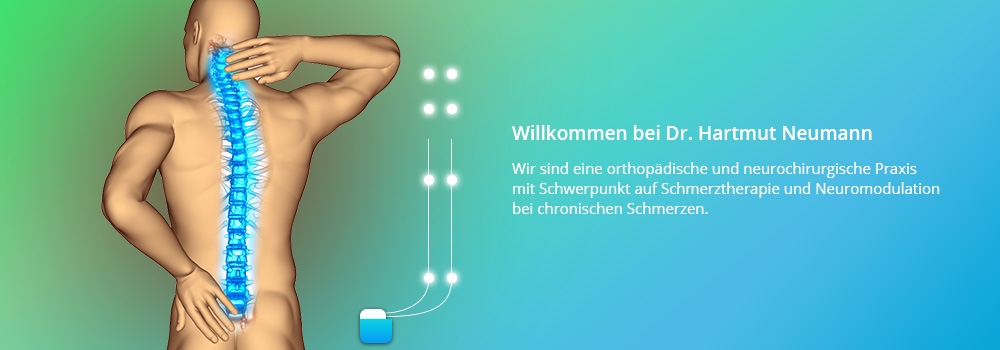Neurodestructive/ablative procedures
Neurodestructive procedures destroy nerves or nerve connections in order to achieve a long-lasting effect. The targets of this measure are usually the sensitive nerves that transmit pain. The destructive effect may be created using several different methods, one of which is surgical: the neurosurgeon looks for the nerve and cuts through it.Finding the right nerve in the spinal cord is a very risky process: if the wrong nerve from the spinal cord is cut (rhizotomy), then it is possible for not just the pain to disappear, but also for the sensory perception and feeling of temperature in the affected area to be destroyed. The cutting of a pain-conducting tract in the spinal cord is referred to as a chordotomy. The other options that can be used are heat (thermal coagulation), which is still the most commonly used neurodestructive procedure on the vertebral facet joints, or with cold/freezing (cryotherapy). High-percentage alcohol solutions or sugar solutions (ethanol, phenol, glycerin, glucose and others) are also used to destroy the nerves. The risk of all procedures is that neighbouring nerves will also be damaged, which can lead to unwanted losses of sensation. The nerves may be able to regenerate, but this is not always the case.

